
Young designer Jurģis Grasmanis’ chair Median has won first place in the design competition organised by the Japanese city of Higashikawa and architect Kengo Kuma, which was dedicated to outdoor furniture this year. The concept of Median is based on the idea of reconnecting with nature — the unconventional chair is directly dependent on nature as it is attached to a tree trunk.
The goal of the competition is to create a design that embodies the concept of Kagu — a mindful way of life that seeks to create a closer connection between people and the environment and encourages attention and care for one’s belongings. The design competition took place for the third time this year, and after the restrictions of the pandemic, Kuma invited students from all over the world to create furniture designs that would enrich the time spent outdoors.
A total of 564 applications were submitted to the competition, from which an international jury of architecture and design professionals selected 12 works, whose authors presented their achievements in person in Higashikawa. Among the finalists were submissions from Japan, South Korea, China, Taiwan, Thailand, and Germany, but the highest rating was received by Jurģis Grasmanis, the representative of Latvia.
The chair created by Jurģis symbolically serves as an intermediary between humans and nature — for the chair to function, both are necessary. The tree trunk serves as a part of the structure to which the seat is attached, while the weight of the person provides stability to the chair, preventing excess movement and fixing the fasteners. This idea is also reflected in the chosen name for the chair as Median means being related to the middle.
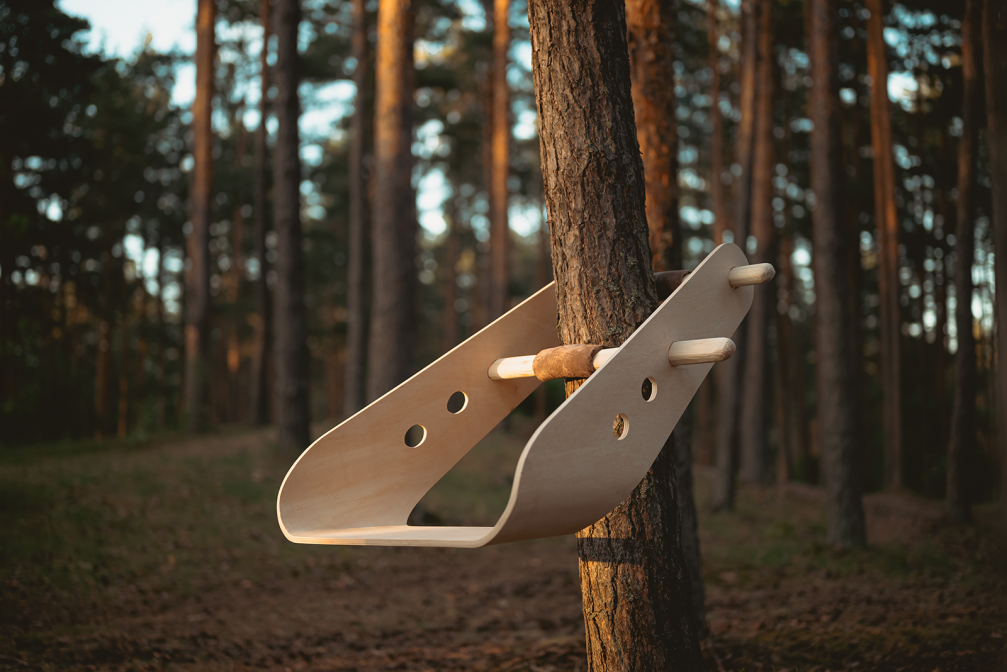
The chair’s structure consists of a seat made of bent plywood and two solid wood rods that bear the load. The middle part of the fasteners is covered with a natural elastic material that protects the tree bark from damage, showing respect for nature. The cross-sectional shape of the fasteners is oval, helping to prevent the rods from rotating and provides a larger contact surface with the tree bark. As the fastener rods can be placed in different positions, Median is suitable for various thicknesses of trees.
The young designer Juģris Grasmanis has just completed his third year in the Bachelor’s programme of Industrial Design at Riga Technical University. Prior to that, he studied architecture but while working in this field, decided to associate his career with product design. To improve his knowledge and gain broader experience, Jurģis regularly participates in various lectures with his fellow students and seeks opportunities to participate in design competitions. Jurģis is interested in design rooted in local culture, and, similar to the design of Median, he seeks unusual technical and constructive solutions. He plans to develop this approach in the future by creating his own products and collaborating with design manufacturers. You can follow Jurģis on Facebook, LinkedIn, and Instagram.
More information about the Kagu design competition can be found on their website. We reported previously that last year, a student from the Riga School of Design and Art, Ralfs Ašaks, made it to the final of the competition with his chair Moro, which can also serve as a means of transportation.
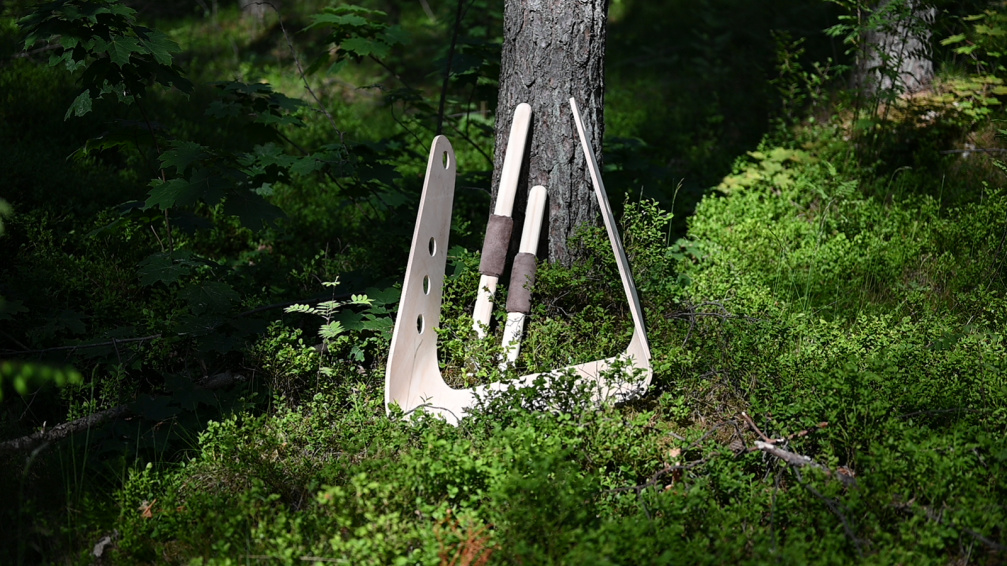
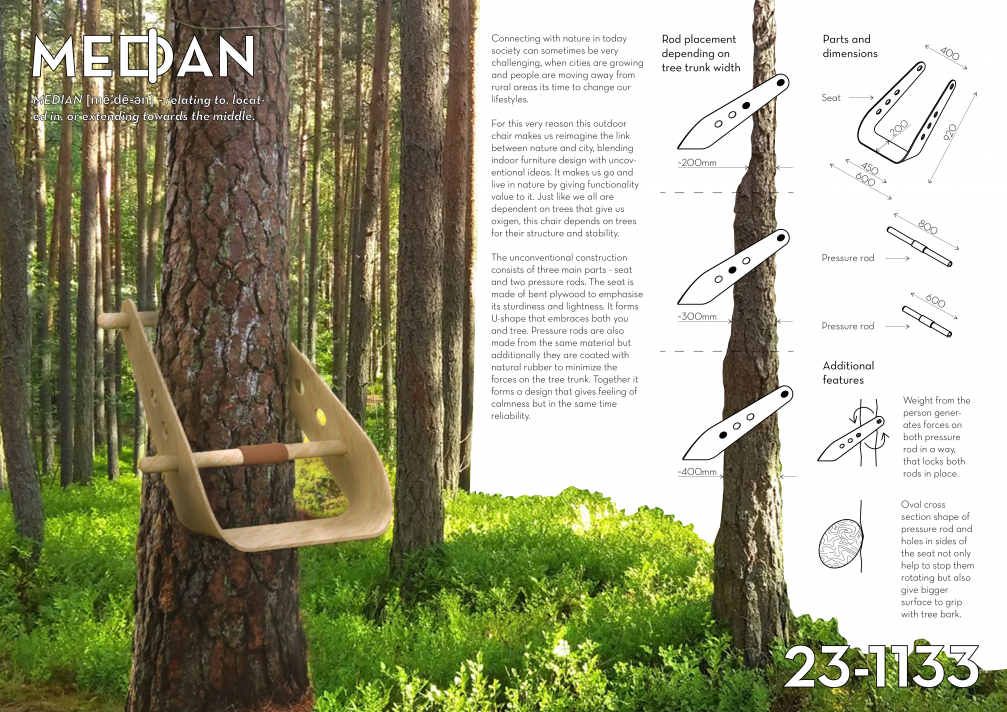
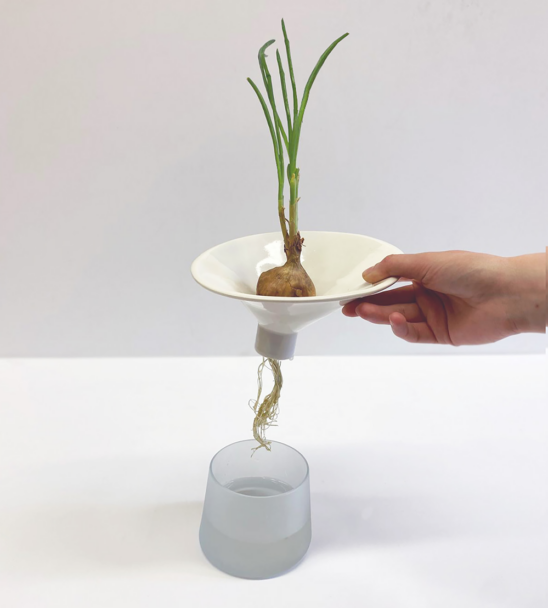
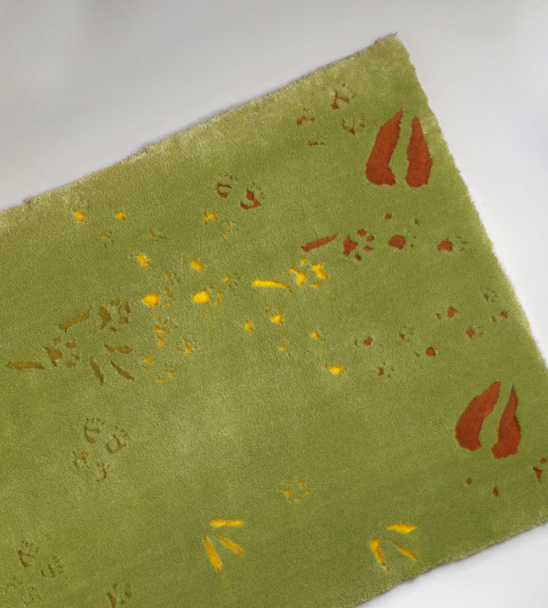
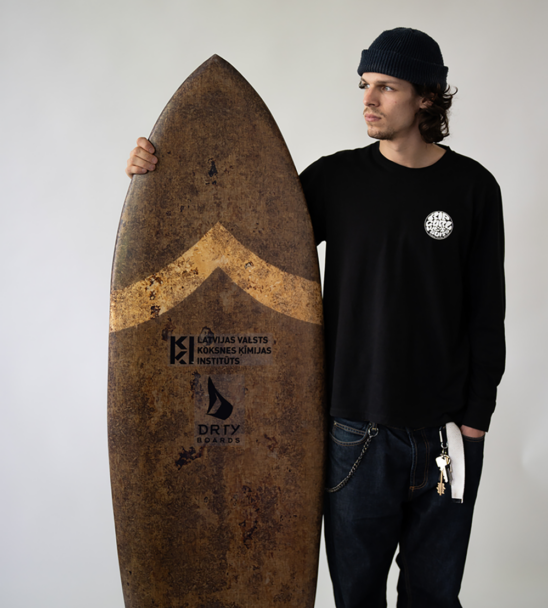

Viedokļi